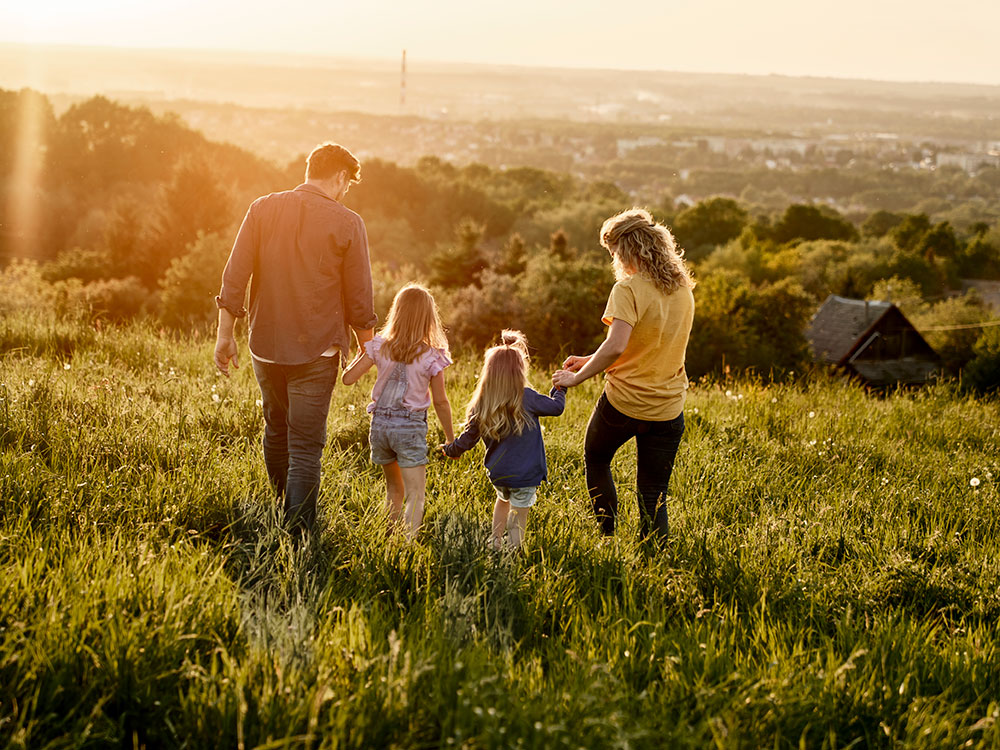The History of Freemasonry in Tasmania
The Beginning
This is but a brief history, first in Van Diemen’s Land as we were known, then later as Tasmania. From individual Lodges, to what we have today.
Freemasonry was brought to Van Diemen’s Land by British garrisons. Some regiments carried ‘ambulatory’ masonic warrants that enabled lodge members to meet formally wherever they were stationed. The first publicly recorded presence of Freemasons was at the laying of the foundation stone of the Officers’ Mess at Anglesea Barracks, Hobart, in 1814. They would probably have been members of the garrison or Norfolk Island settlers who came to Hobart in 1807–08. Freemasons had met on Norfolk Island but there are no records of the Norfolk Islanders holding regular meetings in Hobart.

For More Information About Becoming A Freemason

By 1828 there were sufficient resident freemasons to justify permanent lodges in the colony, not dependent on the presence of the members of the regiments who were often widely dispersed. Some time after March 1827 Tasmanian Lodge was the first stationary lodge to be formed, followed by the Lodge of Brotherly Union in 1832. In 1834 Tasmanian Operative Lodge was sanctioned by the Grand Lodge of Ireland. It prospered and in 1890 became lodge #1 on the roll of the Grand Lodge of Tasmania. Freemasons could now provide social and educational activities for members and organise charitable services for the needy.
Lodges were also established in Launceston and other centres. Some of the warrants were transferred as populations changed because of the volatility of the economy, particularly the mining industry. Lodges at Lefroy, Ringarooma, Evandale and Hamilton-on-Forth were short-lived.
The first lodges were all Irish. The first English lodge, the Tasmanian Union Lodge, was formed in Hobart in 1844. Scottish lodges were formed in the north: St Andrew’s Lodge, Launceston, 1877; Lodge of Perfect Unanimity, Launceston, 1881; Concord Lodge, Latrobe, 1882; Dorset Lodge, Scottsdale, 1885; Robert Burns Lodge, Beaconsfield, 1886.
In June 1890 all lodges relinquished their warrants from their parent Grand Lodges and formed the autonomous Grand Lodge of Tasmania. The first Grand Master was the Rev RD Poulett-Harris, headmaster of the Hobart High School. From 1890 to 2005 some 33 Grand Masters have presided over Freemasonry in Tasmania. They have come from all walks of life – governors, bishops, educators, bankers, doctors, businessmen and civil servants. The numbers reached a zenith in the late 1970s, with 79 lodges and over 8000 members. In 2005 there were 50 lodges with a membership of 2,100.


The hallmark of Masonic activity has been philanthropy within the wider community. A Masonic Benevolent Fund was formed as early as 1843 and became an integral part of the programme of the Grand Lodge of Tasmania. The fraternity rarely sought recognition for its benevolent activities. It has regularly supported charitable agencies such as Red Cross, Salvation Army, St Vincent de Paul, City Mission and many more. It has subscribed to a large number of relief appeals, both interstate and international.
Pictured left: Frederick Burrell in Lodge Regalia, 1940 (AOT, PH30/1/5508)
In 1945 when the outcome of the Second World War was certain, consideration was given to establishing suitable memorials to mark the cessation of hostilities. The Masonic involvement in Aged Care began to take shape, developing into the Masonic Homes at Lindisfarne and the Peace Haven complex at Launceston. In the south, from 1951 members of Tasmanian Operative Lodge #1 worked at weekends to construct the first dwelling on the site selected for Masonic Homes in Lindisfarne, on the Ballawinne site. There has been a succession of developments, with new buildings and new properties at Lindisfarne and Kingston. These facilities now serve more than 200 residents.
The provision of aged care facilities in northern Tasmania began in 1962/3 when the Fred French legacy enabled the building of a nursing home. Since then, a fully accredited facility that provides a wide range of services ranging from independent living and low care to a dedicated Dementia Unit have been developed. A Day Care Centre caters each week for up to 250 persons from the local community.

A more recent activity is the Masonic Centenary Medical Research Foundation, established in 1985 to finance medical research into problems associated with ageing, especially neurological conditions. The Foundation has sponsored research projects, provided fellowships for medical researchers and purchased specialised equipment for researchers. Other Masonic initiatives focus on education and the provision of scholarships for tertiary studies.
Further reading and references: M Yaxley (ed), The first one hundred years, 1890–1990, Hobart, 1990; K Henderson, The Masonic Grand Masters of Australia, Melbourne, 1988; A Lowe, History of Tasmanian Operative Lodge No. 1 T.C. 1834–1984, Hobart, [1988]; MG Linton, Freemasonry in Tasmania up to 1890, Hobart, 2004.
